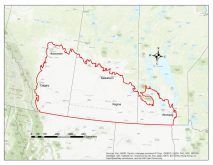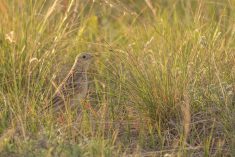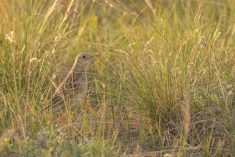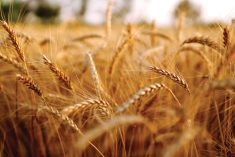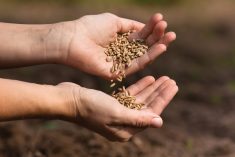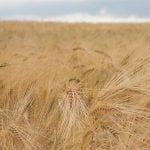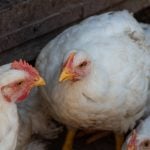Organic farmers leave more semi-natural vegetation in their fields than their conventional counterparts, according to a recent study out of Dalhousie University.
Out of 71 organic and conventional field pairs mapped in a Saskatchewan-based study, the organic fields contained just over nine per cent mixed perennial, or semi-natural, vegetation whereas conventional fields contained about six per cent semi-natural vegetation, concluded researcher Wenjie Xu.
Xu’s academic adviser, Andrew Hammermeister, presented the findings during a talk at the Canada Organic Trade Association’s Organic Summit on January 19. Hammermeister is an associate professor in Dalhousie’s faculty of agriculture and the director of the Organic Agriculture Centre of Canada.
Read Also

Land agreement inked for Cereals Canada GATE facility
James Richardson & Sons, Limited will provide land for the Global Agriculture Technology Exchange (GATE) building in Winnipeg, according to memorandum of understanding with Cereals Canada
Organic farming systems rely on biodiversity in many ways, Hammermeister said. They depend on crop rotation (crop diversity) to maintain diverse organisms in the soil, maintain fertility and break pest cycles.
They rely on diverse crop genetics, and diverse insects for pollination and biological pest control, he added.
However, does organic agriculture contribute to overall biodiversity? Xu’s study indicates yes — at least to some degree.
Xu looked at 71 pairs of fields – each containing two quarter-section fields, one organic and one conventional. They were almost always side-by-side comparisons, said Hammermeister. The pairs were scattered across many municipalities, and were in four ecoregions: (dry) mixed grassland, moist mixed grassland, aspen parkland and boreal transition.
By looking at these fields, as well as aerial photos from various time points, Xu identified areas of semi-natural vegetation, cultivated lowlands, and cultivated uplands.
In the dry mixed grassland fields, Xu found no difference between organic and conventional fields. This area also had the lowest percentage of mixed perennial vegetation, Hammermeister said.
The greatest difference between organic and conventional occurred in the boreal transition ecoregion, with a few organic fields over 40 per cent semi-natural, and the majority falling between 10 and about 25 per cent semi-natural versus the majority of conventional fields in that region, which fell between about five and just under 20 per cent semi-natural.
Xu also measured what proportion of lowlands were cultivated in fields across these regions. Across all regions, the mean (average) proportion was the same between organic and conventional, with up to 100 per cent of lowlands cultivated in the grassland ecoregions.
In the boreal transition and parkland regions, significantly less lowland had been cultivated.
Additionally, Xu counted occurrences of shelterbelts on the field pairs. Thirteen field pairs had shelterbelts. Two were on conventional fields, and 11 were on organic fields.
Hammermeister said this might be due to difference in equipment scale, and organic farmers not being concerned with herbicide drift damaging the trees, as well as a potential tendency toward maintaining diversity.
He concluded that biodiversity standards, policies and incentive programs need to be customized or targeted at specific ecoregions.
The 2020 revision of the Canadian Organic Standards added a new clause requiring organic farmers to take steps to support biodiversity on their farms, according to the Organic Federation of Canada’s website.
According to the standards, organic management practices must include measures to promote and protect ecosystem health on the farm. This can include maintaining or incorporating wildlife and pollinator habitats and maintaining or restoring riparian areas and wetlands.




